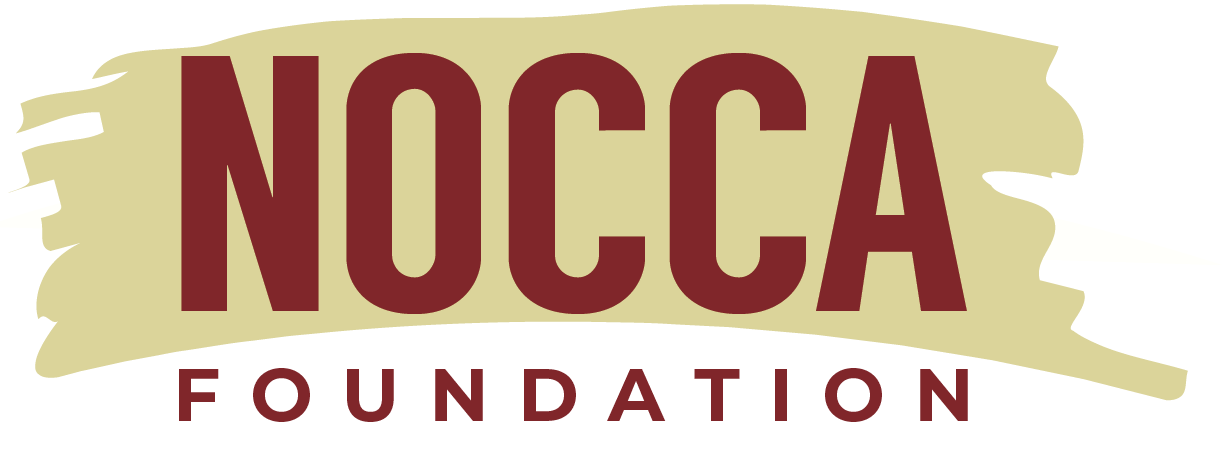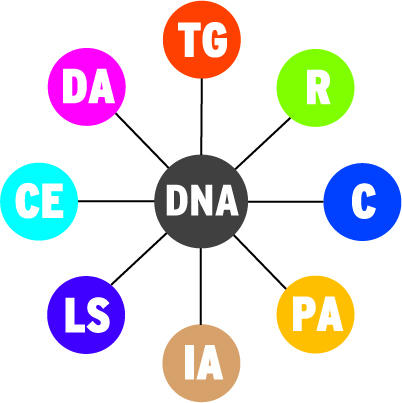Since 1973, NOCCA has provided the highest quality professional training to young artists. Yet the world in which today’s young people will be living and working is changing dramatically, making our job of preparing them more complex. Following Katrina we sought a definitive answer to the question “What do we need to do now to prepare our students to thrive in the 21st century?”
We began by conducting an Internal Discovery Phase to wholly understand, utilize and protect the principles and dynamics that operate within NOCCA. With the assistance of strategic planning firm Collective Invention, education experts illuminated the elements of learning consistent across all six arts disciplines – NOCCA’s Creative DNA. They are:
- Technical grounding
- Respect for the artist, work and material
- Critique
- Development of professional attitudes
- Development of individual artistic voice
- Life skills and development of self
- Collaboration and ensemble work
- Development of attention/awareness
These dynamics are highly interconnected at NOCCA. For instance, faculty stress that technical skills are essential – but not sufficient – they must be balanced with life skills and the development of a student’s individual artistic voice. Some disciplines require more time spent on technical grounding before cultivating individual aesthetics, but the pathway is the same.
 A seriousness of attitude and purpose also permeates NOCCA’s environment, stemming in large degree to a profound sense of respect for the arts. This includes a respect for all components of the arts: the canon, the instrument, the voice, the body, materials, craft, faculty/mentors, peers and visiting master artists.
A seriousness of attitude and purpose also permeates NOCCA’s environment, stemming in large degree to a profound sense of respect for the arts. This includes a respect for all components of the arts: the canon, the instrument, the voice, the body, materials, craft, faculty/mentors, peers and visiting master artists.
Yet, the most essential and defining practice at NOCCA is critique. Faculty and peers regularly critique student work to refine craft, teach constructive communication, strengthen meta-cognition and prepare students for the professional world. Critique directs attention more deeply into technical grounding and individual aesthetic.
As a result of NOCCA’s Creative DNA, the NOCCA experience is less about solely imparting a specific body of rote information and more about imparting an interconnected set of skills, knowledge, attitudes, capacity and expanded perception. Faculty at NOCCA are introducing students to a particular discipline with the serious assumption that students will participate in that discipline in the future. NOCCA does not follow a traditional education model as such, but rather an initiation model. An initiation model is a powerful one – it forms the foundation for the seriousness and respect present in faculty/student and peer relationships, which in turn provides a sense of safety for all, extending the degree to which students can be pushed to both understand and produce their best work.
Seeking best practices not only internally but externally, we visited 35 centers of learning and innovation across the country. These included MIT, Stanford University, San Francisco’s Exploratorium, San Diego’s High Tech High, Art Center College of Design, The Juilliard School, MoMA, Google and YouTube.

